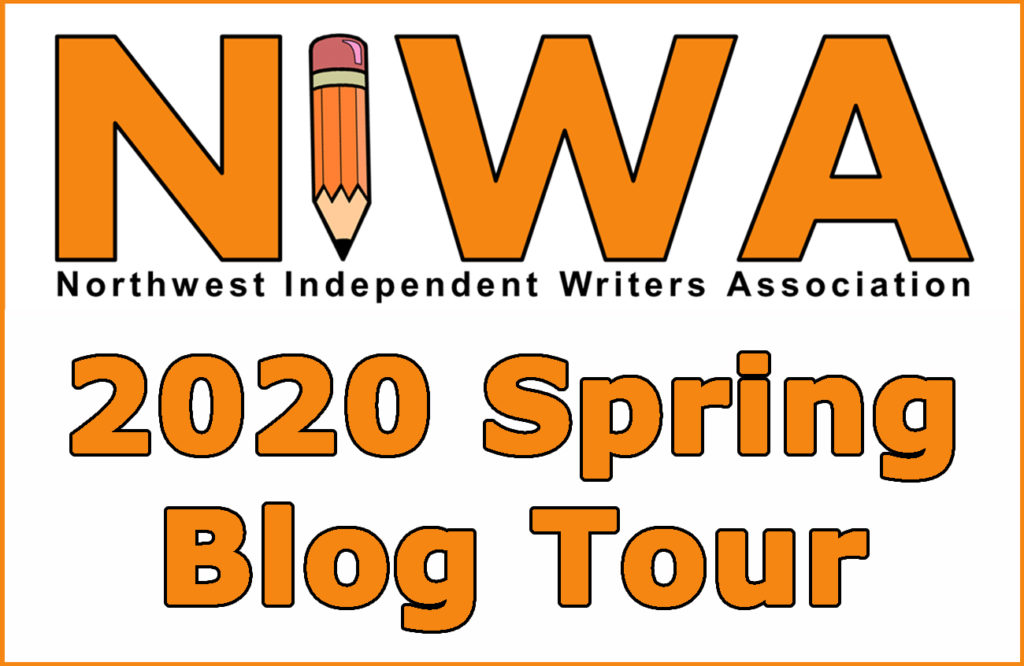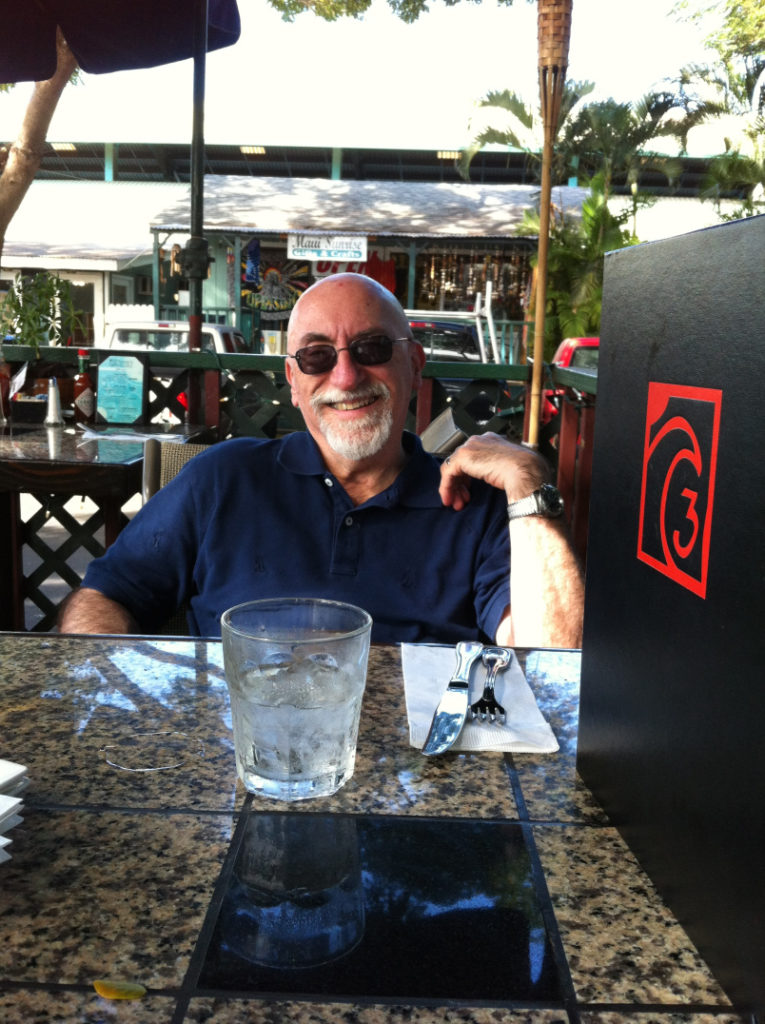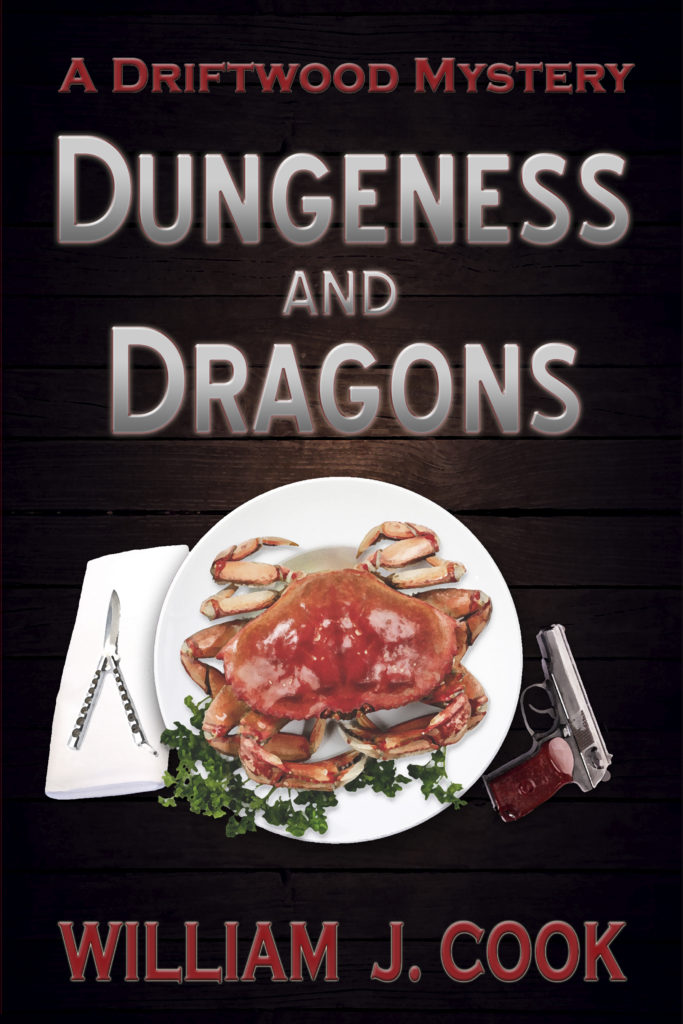
by William Cook

This is the fifth in a six-week blog tour series for the Northwest Independent Writers Association. You can catch up with them at https://www.niwawriters.com/
How many times have you cursed the autocorrect function on your phone because it wouldn’t let you text what you wanted to? It was anticipating your next move, and it was wrong. And that’s what the brain does when it comes to self-editing. It anticipates what should be there, so we often don’t see what really is there. It deletes the repeated article or adds the missing one, corrects the misspelling or the verb tense. The brain does all this in secret—we’re none the wiser. True story: my first novel had been published for two years before I saw the typo on the back cover blurb, a page I had probably read a hundred times.
Self-editing is a perilous undertaking. Who knows what mistakes are lurking in this little blog before you now, ready to leap out to a total stranger on her first read, while they’ve remained hidden to me after three dozen reads? Only the shadow knows.
First, some clarifications. The kind of editing I’ve been talking about is copy editing, which shares some territory with proofreading. Copy editing looks at the use of language, verb tenses, sentence structure, and grammar, as well as the common proofreading things like proper use of punctuation, capitalization, typos, and repeated or missing words. Before we can plunge into copy editing, however, we have to engage in developmental editing. This means examining your novel in terms of character or plot inconsistencies, factual or temporal errors, problems with point of view, pacing, and dialogue. It answers the primary question: does this story work? Good editing, self- or otherwise, is an enormous undertaking.
Why is such a daunting enterprise important? Because before your readers get caught up in your mesmerizing plot, they’re going to see your editing. They will notice the misspellings, the incorrect homophones, the missing or repeated words, the overuse or underuse of commas, the poor grammar. Personally, I find nothing so discouraging as opening a new book by an independent author on my Kindle and finding several typos within the first twenty pages. Errors like that pull me away from the story, distract me from the nuances of plot and characterization. I start looking for more mistakes rather than allowing myself to be swept away by the narrative. Of course, I try to be forgiving. (What do they say about people who live in glass houses?) But it’s the accumulation of these small errors that takes its toll. It makes an independent author look like an amateur, somehow second-class when compared with a writer who is traditionally published. It may lead to a tepid or even nasty review on Amazon or Goodreads, before your reader has been able to appreciate your quirky plot twists, your marvelous character portrayals, your riveting action sequences. It may torpedo future sales.
Here’s a short list of little mistakes that drive an obsessive like me crazy—definitely my fingernails-down-a-blackboard kind of stuff. Of course, I make these flubs myself, and you may find several in these few paragraphs. (Oh, God, I hope not!)
- Using the wrong case for a personal pronoun. “He blamed you and I for the failure of his company.” Should be “you and me,” direct objects of the verb “blamed.” The easiest way to catch this one is to split the pronouns apart. We’d never say, “He blamed I for the failure of his company.”
- Using the wrong homophone (words that have the same pronunciation but different meanings and/or spellings. “Peek, peak, and pique; its and it’s; your and you’re; there, their, and they’re; to, two, and too.”
- Omitting or repeating an article or other word. “Woman left in the Uber,” instead of “The woman left in the Uber.” “She left the the tablet on the counter.”
- Neglecting to use the possessive when modifying a gerund (a verb form used as a noun). “Do you mind me taking the last cupcake?” Should be, “Do you mind my taking the last cupcake?”
- Stringing two independent clauses together without any punctuation (a run-on sentence) or with only a comma (a comma splice). “He raced to the airport, she was waiting for him at the ticket counter.” There are several correct options for this one. We can make it two separate sentences. “He raced to the airport. She was waiting for him at the ticket counter.” We can join the independent clauses with a comma and the conjunction “and.” “He raced to the airport, and she was waiting for him at the ticket counter.” We can connect them with a semicolon. “He raced to the airport; she was waiting for him at the ticket counter.” We can re-structure the sentence into an independent clause and a dependent clause. “He raced to the airport, where he found her waiting at the ticket counter.”
That’s just a small sample of a list which includes the correct use of quotation marks (which is actually different in the U.S. and the U.K.!), proper capitalization, the pesky little em dash, and on and on.
Obviously, it makes sense to hire a professional editor, if you can afford one. Short of that, there are other strategies you can employ. First, read, re-read, re-re-read, and re-re-re-read your manuscript, both digitally and on paper. NEVER neglect to order a proof copy of your paperback. Proofing it only digitally doesn’t cut it—you’ll see things on paper that you completely missed on the screen. And since our editing ability gets worse when we’re tired, try reading your book from the last chapter to the first, starting at the end while you’re still fresh, before the fatigue sets in.
The other main strategy for good self-editing is not to go it alone. Join specialty groups. The Northwest Independent Writers Association has a Facebook group that can be very helpful. On the group’s public website, Connie J. Jasperson has been writing a blog called “Making Effective Revisions.” This is the full-meal deal, a primer on good self-editing. Go to https://www.niwawriters.com/blog and study what she has to say. Your writing will improve overnight.
Another group is Willamette Writers, with branches all over the State. It meets monthly and invites guest speakers to present on various aspects of the craft. One I attended on self-editing by a professional editor was more than worth the cost of the annual dues.
I’m also a part of a weekly group known as Writers Yesterday, Today, and Tomorrow. We get 7-10 minutes to read our material aloud and get feedback from the other participants. As brief as that is, it’s been a goldmine for me in regard to developmental editing.
Perhaps the most important group to be a part of is a small critique group, a place where you can present drafts of your material and get thorough, in-depth analysis. If there isn’t one near you, form one yourself, inviting writer colleagues you’ve met through Willamette Writers, NIWA, or a local group. Keep it small (no more than 5 people or so) to afford plenty of time for comprehensive work. Members of the critique group to which I belong meet monthly for two hours. We provide each other with hard copies (6-8 pages) of our material, which we then read aloud for twenty minutes. Following that, we share both copy editing and developmental editing ideas.
Finally, when it’s getting down to the wire, you’re going to want beta readers. These are people who will read your manuscript and give you honest feedback. Although they will sometimes do some copy editing for you, their main task is developmental, letting you know whether or not your story is a go. Recruit two or three of them from a group you attend. Out of kindness to your beta readers, never give them a first or second draft, which will be so full of problems they may get discouraged and quit on you. Offer a third or fourth draft, one to which you’ve already devoted considerable time in clean-up. My personal preference is to make hard copies of my text at FedEx and have it spiral-bound, a quick and inexpensive process. That way my beta readers have a kind of workbook they can jot notes in as they’re reading. Make their task easier by asking them specific questions beforehand. Does the story arc flow? Are there logical inconsistencies or plot holes that need mending? Is the time line coherent? Are there factual errors? Have the characters developed naturally, and are their actions in accord with their personalities? Does their dialogue sound real, or is it stilted, pedantic, dissonant with the character speaking? Did you want to keep reading, or did you get bored? If you got bored, where did the story lose you? Is the ending satisfying? (Note: if you’re writing a series, it’s OK to leave a moderate cliff-hanger, but have this book conclude some aspects of the story, so readers aren’t left scratching their heads and wondering what just happened. They won’t necessarily go out and buy your next book if they feel they’ve been tricked.) And finally, the money question: would you buy this book?
There are other resources you can tap into. I have never personally used the free service https://www.grammarly.com/ but I have heard good things about it. A truly helpful (and funny!) volume on punctuation is Eats, Shoots & Leaves: The Zero Tolerance Approach to Punctuation, by Lynne Truss. Many consider The Chicago Manual of Style to be the Bible of grammar.
Some will find self-editing harder to do than actually writing their novel. Certainly, it is more tedious. But don’t get discouraged. Keep the faith! Feeling that book in your hand and seeing it on your tablet will make the effort worth it.
Write on!
Other posts in this series by this author:
https://authorwilliamcook.com/blog/ “Reading to Impact Your Writing (And Can Watching Movies be a Business Expense?)” March 29-April 4.
www.conniejjasperson.com “Advice for New Writers” April 5-11.
https://lecatts.wordpress.com “My Approach to the Writing Process” April 12-18.
www.joycereynoldsward.com/blog “The Author Community” April 19-25.
Watch for the next post in the series by this author:
https://varidapr.com “Organizing Your Mind” May 3-9.

William Cook moved to the Pacific Northwest from the East Coast in 1989, and worked for a total of 37 years as a mental health therapist until his retirement in 2011. He splits his time between writing, babysitting for his 15 grandchildren, and sneaking off to mid-week matinees (when theaters are open!). The Kindle edition of his latest book, Dungeness and Dragons: A Driftwood Mystery, was published on April 24. Find all his books at:
